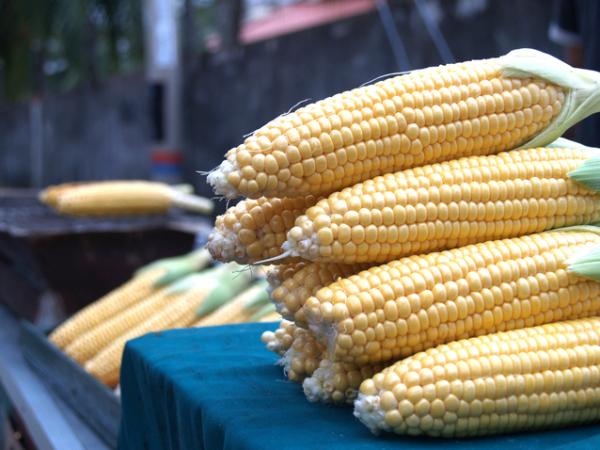
In the 1980s and '90s, environmentalists touted ethanol as ideal renewable energy because it's made from corn, which can obviously be regrown each year. They claimed it was equivalent in efficiency to gasoline and therefore superior to fossil fuels. The political and financial push for ethanol by greens was so strong that Vice President Al Gore broke a 1994 tie in the Senate to force an Environmental Protection Agency ethanol mandate as part of the Clinton administration's Clean Air Act.
But there is nothing clean about it. It is energy and cost intensive to turn corn into fuel, which is why it cannot survive without government mandates and subsidies. Though 1994 made ethanol a reality for environmentalists, it was the Renewable Fuel Standard of 2005, by President George W. Bush and a Republican Congress, that really kicked the industry into high gear. The Renewable Fuel Standard gave EPA the authority to create quotas for ethanol. which forced its use even though it is less efficient than pure gasoline and results in lower miles per gallon. In 1993, before Vice President Gore allowed EPA to mandate ethanol, it accounted for less than one-tenth of 1 percent of fuel. It's now 10 percent. President Barack Obama also did the environment no favors by turning over 5 million acres of land designated for conservation over to corn farmers to promote ethanol as "green" energy during his time in office, with another million acres of farmland that switched to corn because the profits were guaranteed by taxpayers.
Ethanol does not pass any standard for evidence-based policymaking and the Trump administration should end 24 years of government wishful thinking by his predecessors rather than increasing its use.
Yet instead of abandoning ethanol mandates entirely, the government now wants to allow sales of a stronger ethanol blend, E15, during the hot summer months when liquids evaporate more easily and smog is a greater concern. E15 means it is 15 percent ethanol rather than the 10 percent E10 that is common. Corn farmers and their trade groups are ecstatic at the prospect of a 50 percent boost in sales for corn ethanol. But the rest of America will pay the price.
Car owners are leery of ethanol in general because there have long been concerns about engine wear due to corrosion. Though EPA approved E15 for this century's cars in 2012, uptake by fuel stations has been slow because consumers are not demanding it and stations don't want to change blends between June and September so it's only available in about 1,400 places nationwide. Even though subsidies make it cheaper than pure gasoline and the government offered owners a generous 30 percent tax break with the “Alternative Fuel Vehicle Refueling Property Credit.” The Joint Committee on Taxation estimates that between 2015 and 2024, Americans are on the hook for $26 billion in subsidies. USDA and Department of Energy subsidies add another $8 billion.
The bad economics of ethanol are clear, and the bad environmental science behind its usage is even more evident. Brazil has a large sugar and corn market, so they have long used ethanol. They also provided a test case for what happened when it got too expensive in the early part of this decade - planting corn for food was overtaken by corn for ethanol in the U.S. and that gave Brazil a better export than domestic market for all their ethanol and costs rose sharply - and so one million flexible-fuel vehicles in São Paulo switched back to gasoline. As a result of going back to gasoline, ozone levels dropped by 20 percent.
Environmentalists who once demanded ethanol are now opposed to it. Farmers looking at the prospect of selling 2 billion more bushels of corn are all for it. The public should be perplexed. If the goal is to give domestic farmers a financial boost during a trade war, it would be cheaper for the government to just cut farmers a check. Then the future would not be saddled with this alternative energy boondoggle.



